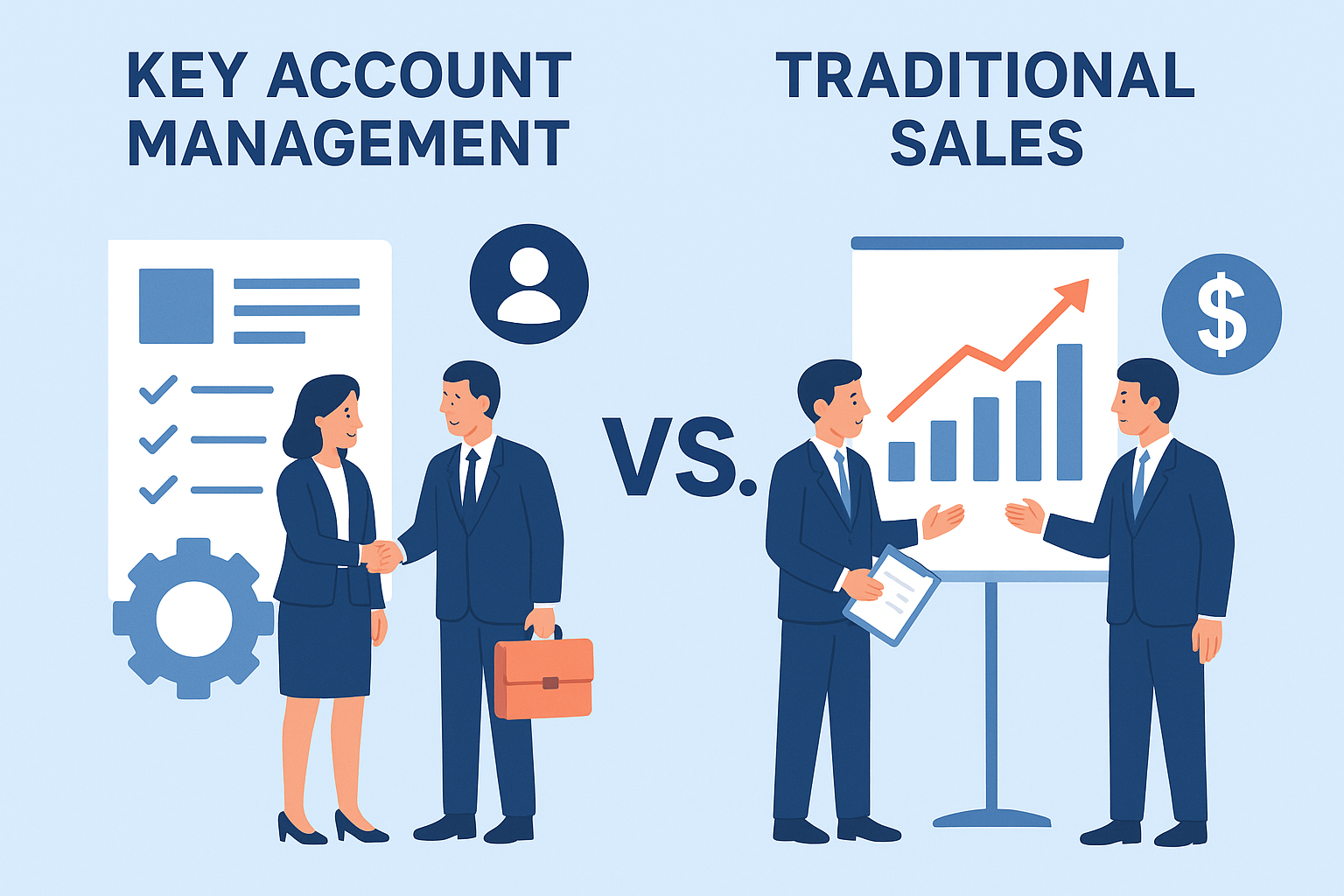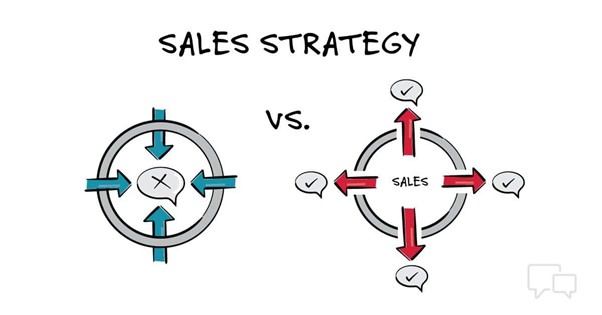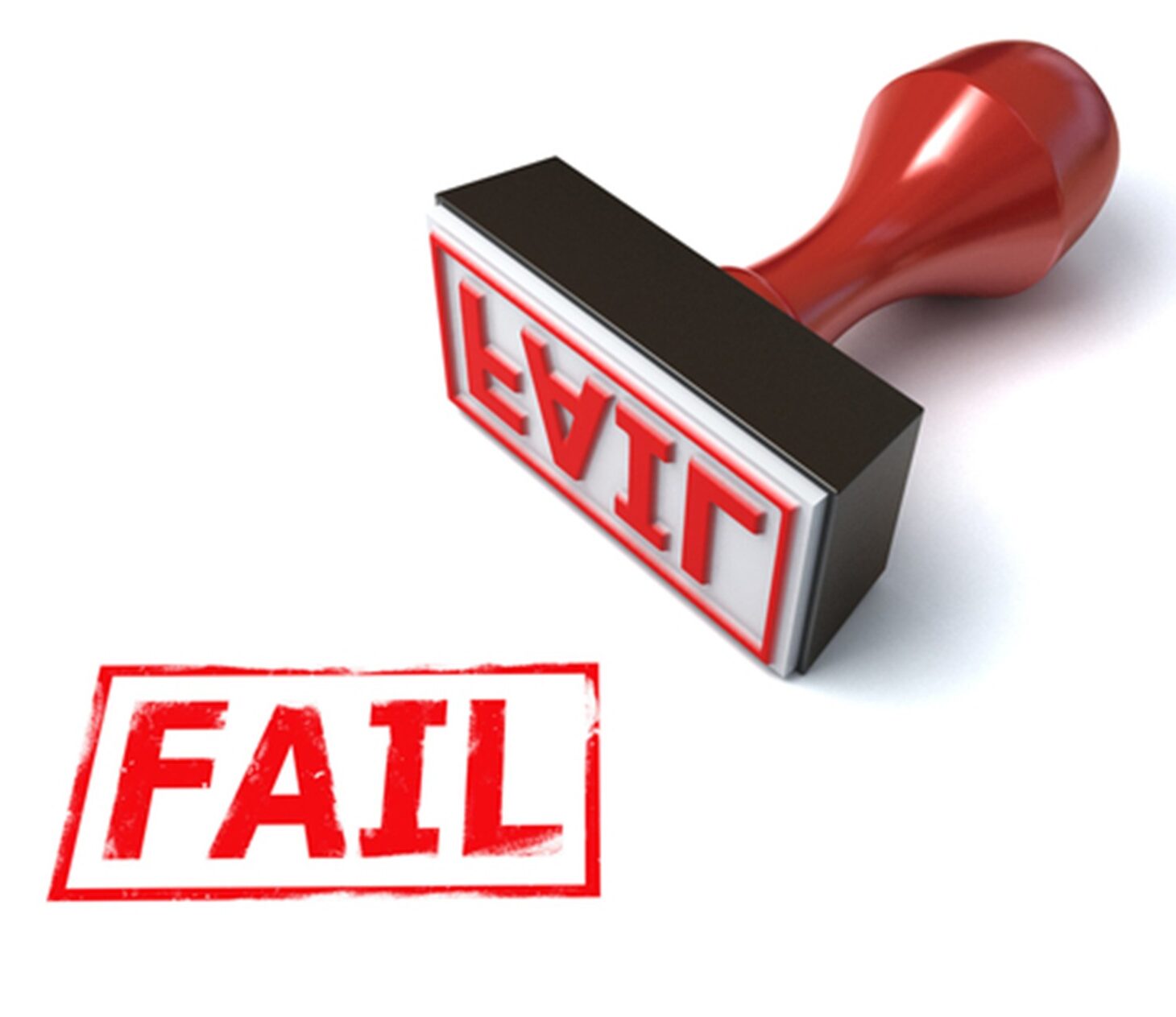Artificial Intelligence has changed the sales world, there’s no denying it. From automated prospecting tools to chatbots that handle enquiries, AI has made it faster and easier to gather data, send follow-ups, and track leads. But as smart as technology gets, there are still some things it can’t do… At least not like a human can.
At KONA Training, we often remind sales teams that while AI can support your work, it can’t replace the skills that truly drive connection, trust, and influence. And in today’s world, where buyers are more informed and selective than ever, those human skills are what set great salespeople apart.
Let’s talk about the skills that AI simply can’t replicate, and why grasping them will keep you ahead of the game.

1. Emotional Intelligence
AI can read data, but it can’t read the room. It can’t pick up on subtle body language, tone changes, or the slight hesitation that tells you a client isn’t quite convinced. Emotional intelligence, the ability to recognise and manage emotions in yourself and others, is at the heart of every successful sale.
A great salesperson knows when to push forward, when to pause, and when to simply listen. They can sense when a client needs reassurance or when humour might ease tension. These are instincts that no algorithm can match.
At KONA Training, we work with teams to develop this emotional awareness. Teaching them how to adapt their communication style, show genuine empathy, and connect in ways that feel personal and human. Because people don’t buy from robots; they buy from people they trust.
2. Building Relationships
AI can track your customer’s purchase history or remind you of a follow-up date, but it can’t build real relationships. Relationships are built through consistency, authenticity, and care, qualities that require a human touch.
When a salesperson takes the time to understand a client’s business, listen to their challenges, and remember details that matter, it creates a sense of partnership. That’s what keeps customers coming back and referring others. KONA Training focuses on helping sales teams develop long-term relationship-building habits, not just quick-close tactics. Because lasting success in sales isn’t about transactions, it’s about trust.
3. Storytelling
AI can certainly generate text or product descriptions, but it can’t tell a story that moves someone emotionally. A skilled salesperson knows how to make data meaningful, turning facts into stories that resonate.
For example, rather than saying, “Our product increases efficiency by 20%,” a great salesperson says, “One of our clients was spending two hours a day on this task. Now, she finishes in 15 minutes and spends the rest of her time growing her business.”
That’s the power of storytelling, and it’s something KONA Training helps every salesperson master. Because stories are what stick, inspire, and persuade.

4. Creativity and Problem Solving
AI can identify trends, but it can’t think outside the box. It can’t brainstorm new ways to position a solution or come up with an innovative approach when the standard pitch falls flat.
Creative thinking is what helps a salesperson turn a “no” into a “maybe,” and a “maybe” into a “yes.” It’s about tailoring your approach, rephrasing your message, and finding new angles that resonate with different personalities.
At KONA Training, we train teams to think creatively under pressure, to approach objections as opportunities and see challenges as chances to stand out.
5. Authenticity and Trust
AI can mimic human conversation, but it can’t be authentic. Buyers today are incredibly savvy. They can tell when someone’s being genuine and when they’re being scripted. The most successful salespeople don’t sound perfect; they sound real.
Authenticity builds trust, and trust drives sales. It’s what makes someone choose you over the competition, even if your product isn’t the cheapest.
Through KONA Training, salespeople learn how to communicate with authenticity, how to be persuasive without being pushy, and confident without being arrogant.
6. Adaptability
AI follows patterns; humans can adapt. When a meeting takes an unexpected turn, when a client changes their needs mid-conversation, or when the market shifts overnight. Adaptability is what keeps salespeople relevant.
At KONA Training, we help sales teams build this flexibility, teaching them how to pivot quickly, handle surprises with grace, and stay confident no matter what’s thrown their way.

The Human Edge in the Age of AI
Technology will continue to evolve, and AI will keep getting smarter. But it will never replace the uniquely human abilities that make great salespeople stand out, empathy, connection, creativity, trust, and emotional intelligence.
In fact, as automation becomes more common, those human skills will become even more valuable. They’re your competitive edge. The qualities that turn conversations into relationships and opportunities into sales. To ready more about AI in sales, click here.
If you want your team to strengthen the skills AI can’t replace and elevate their performance in every interaction, KONA Training can help.
Contact KONA Training today for tailored Sales Training designed to help your sales team connect, communicate, and close with confidence. Because the future of sales still belongs to people.
Call 1300 611 288 or Email info@kona.com.au
Author – Garret Norris – https://www.linkedin.com/in/garretnorris/













































































































